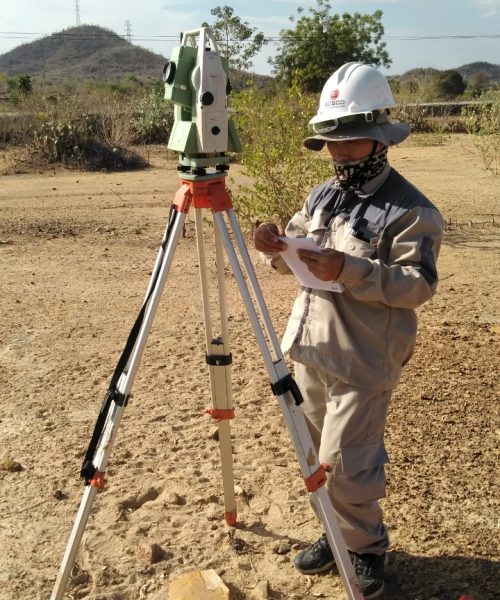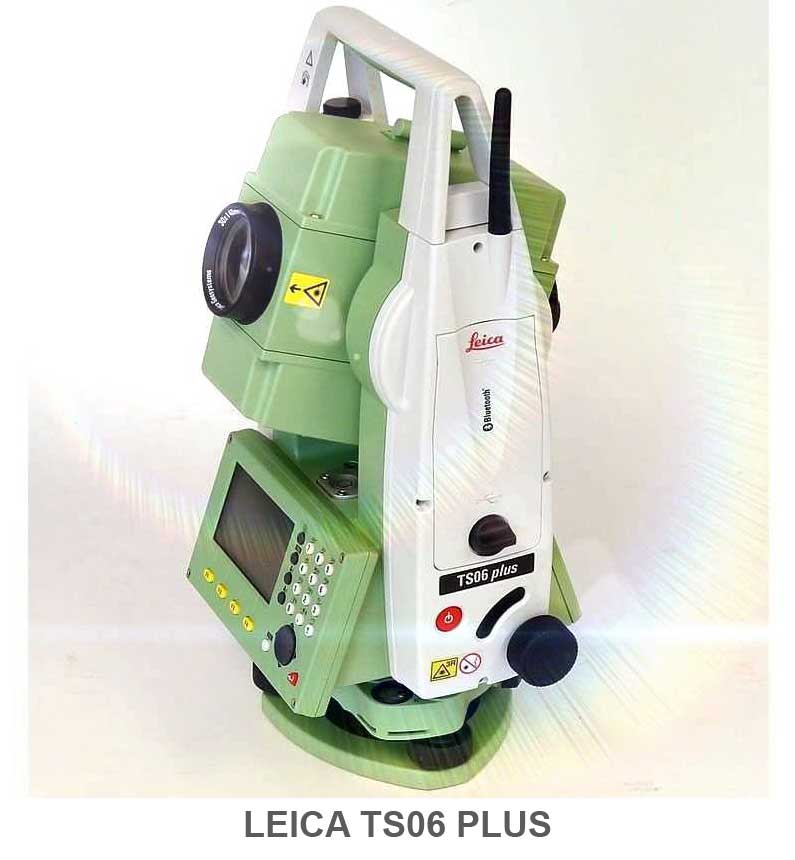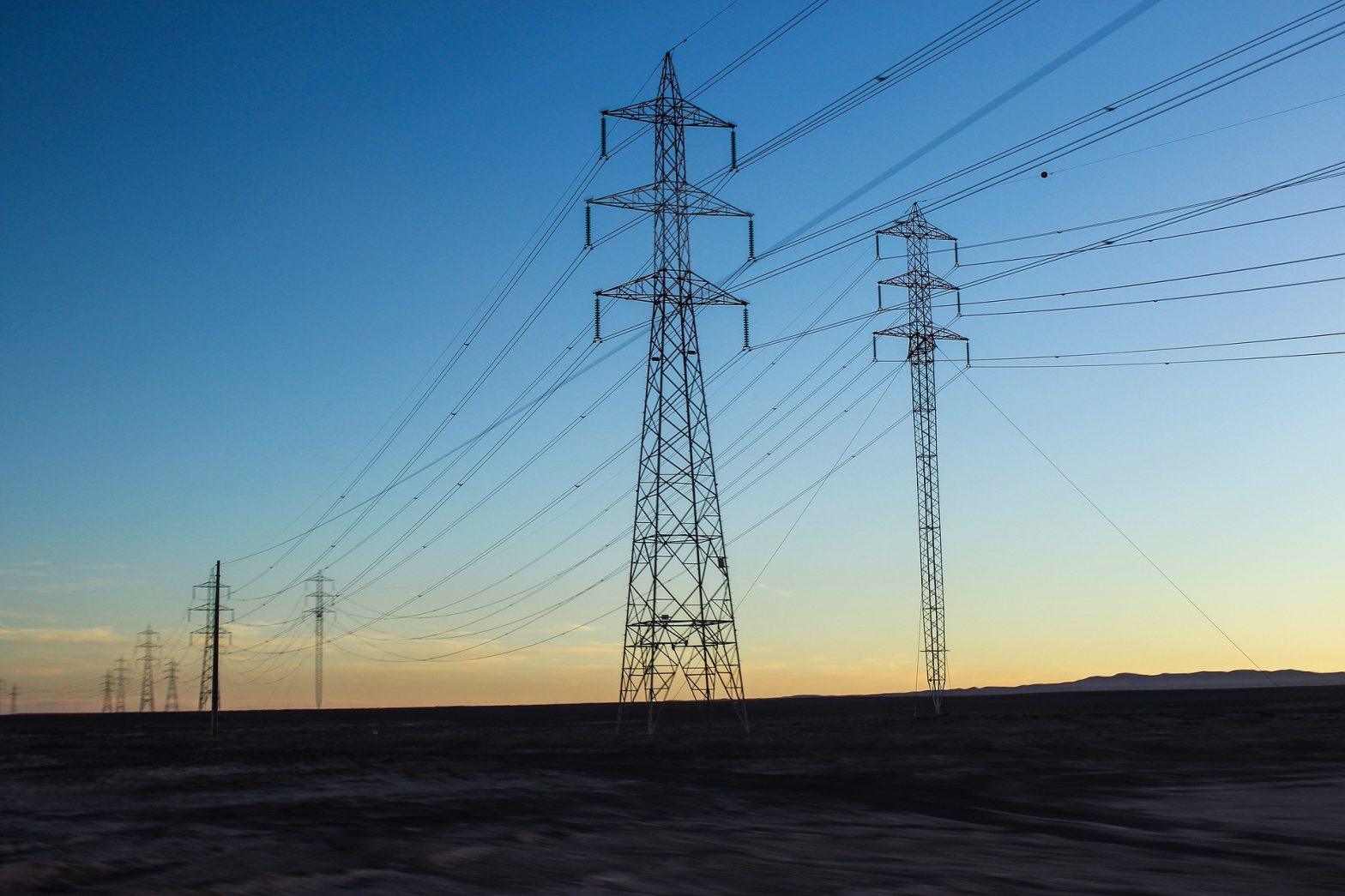TOPOGRAPHICAL MAPPING
Topographic survey is a research activity to assess the natural surface conditions on the ground at the expected area for planning, designing, volume excavation calculation and embankment work.
Topographical mapping
Why choose GOSCO
Progress
Always try to complete the job with the fastest progress and quality assurance
TOPOGRAPHICAL MAPPING
Topographical mapping is to determine the relative positions of measured objects (topographical characteristics, terrain, architectural works) on the field and then use the map symbols to represent them on the plane according to a certain ratio.
When measuring and drawing the topography, it is necessary to base on the national control landmarks, thereby settup the project control network to serve the detailed measurement of the terrain.

At present, topographic work can be done by the following common methods:
- Instrument:
+ The Total station is a surveying instrument that is commonly used. It is a combination of processor, memory and electronic theodolite.
+ We can use these angles and distances to determine the accurate position of the surveyed point and solve mathematics geodetics.
+ Total station: Leica TS06 Plus
- Measurement methods: Prism and Reflectorless Total Stations
- Applications:
+ Apply measuring survey points: To measure angles (horizontal and vertical angles); measure distance, measure elevation.
+ Measurement: cadastral, topography and construction, detailed measurement and mapping.
- Advantage:
+ Accuracy of measurement is high.
+ Quick calculation without taking notes.
+ Easy to transfer measurement data to the computer.
- Disadvantage:
+ Need to see clearly from the device to the desired point.
+ It needs times to measure and draw large area maps.
+ The instrument is costly.
+ Measurements are affected by weather.
GOSCO has well trained topographical engineers with many years of experience in the field of construction consultancy, construction survey especially experienced in the survey work for power projects including thermal electricity, wind power, hydropower, solar power, combined with modern equipment such as single-beam echo sounder, two-frequency GSP (RTK), total station equipment, electronic levelling equipment, we ensure to provide high reliability of topographical mapping, bathymetry services, meeting urgent projects with competitive costs.
GOLDEN SEA SURVEY TECHNOLOGY CO., LTD.©2023. GOSCO.

